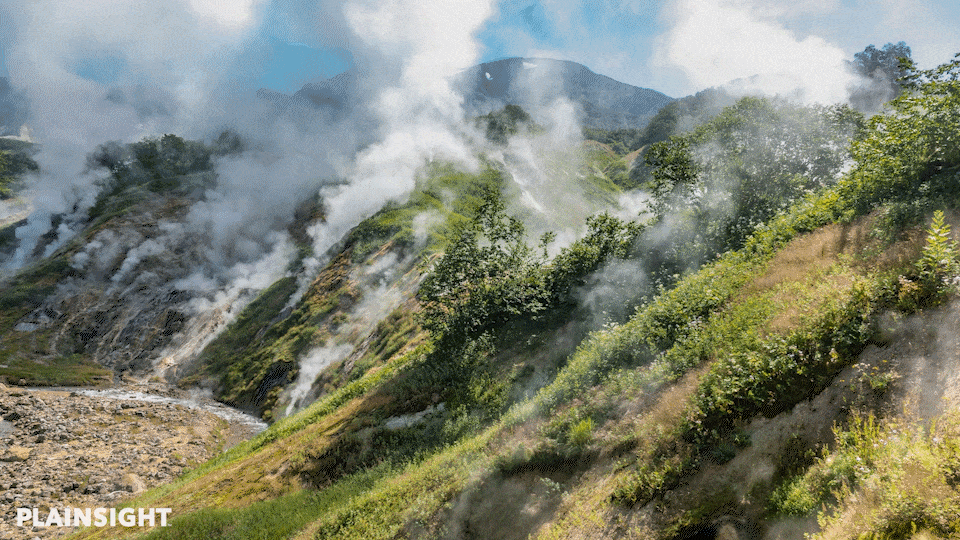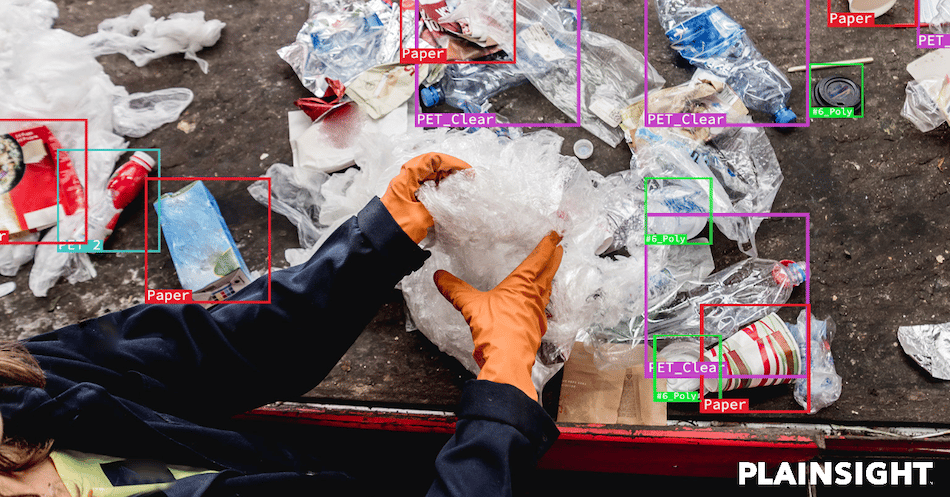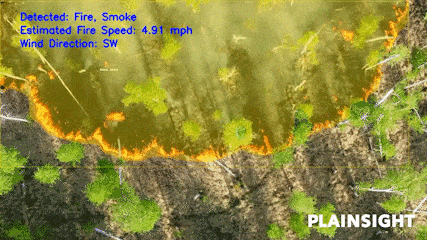Among the most unfortunate results of climate change is the increasing number and severity of wildfires. California in particular – always a fire-prone state – has seen its forests ravaged in recent years, with the state experiencing five of the ten worst wildfires in its history during 2020 alone.
To that end, wildfire season got an even earlier start than usual in 2021 as a result of drought conditions, resulting in a record number of incidents and destroying huge swathes of the sequoia population. These events have become so severe and so numerous that they are not merely a result of climate change, but a driver of climate change as well: Carbon emissions from wildfires accounted for three times as much pollution in 2020 as all of The Golden State’s industries combined.
It’s clear that addressing this persistent and growing problem requires an innovative approach that goes beyond what human responders alone have previously been capable of. By enhancing their computer vision technology and applying AI to visual data like satellite imagery and drone feeds, public and private sector organizations can better recognize wildfire risks, predict the likely path of blazes, and coordinate their fire-fighting efforts to protect communities.
Plainsight streamlines the process of training and deploying custom vision AI models capable of supporting wildfire mitigation efforts. This model uses wind speed and direction as visual inputs to guide firefighters.
Monitoring and Protecting Forests: Before AI
Historical approaches to detecting, tracking, and managing wildfires have depended on human eyes and action. Cameras mounted high on towers can offer additional support, but they unfortunately don’t fully eliminate the need for people to identify sometimes-subtle warning signs and act quickly in high-pressure situations.
Last year, Scientific American described the ways organizations in California and Nevada are leveraging AI to derive additional insight from their visual data and make cameras and other data sources more effective. The ALERTWildfire system, developed by Grant Kent of the Nevada Seismological Laboratory, is just one example of a fire-mitigation solution that’s evolved throughout the years. In 2017, a number of agencies collaborated to erect devices capable of taking high-quality photographs of fire-prone regions and sending them to human dispatchers every ten seconds. These emergency center workers are then responsible for identifying signs of trouble and alerting the appropriate parties.
Vision AI for Enhanced Wildfire Detection and Prevention
The addition of vision AI to ALERTWildfire’s arsenal last year has the potential to improve the speed and efficiency with which firefighters can respond to the growing issue of wildfires. As Sam Harris, a community alert and warning manager, notes, “You can’t really have somebody staring at [the] wall all day and all night, waiting for fire to happen.”
To avoid relying on the human eye alone, ALERTWildfire has partnered with a provider who has introduced a solution that can analyze data inputs and compare them to historical images more quickly and accurately than people. The fire detection system still has some lessons to learn. It was, for example, once fooled by steam from one of Sonoma County’s geysers. In general, however, results have been promising, with the AI occasionally beating human responders by as much as ten minutes.

Smoke from wildfires can look remarkably similar to steam from geysers, easily confusing people and even occasionally stumping AI.
To make visual data more valuable, AI can integrate video analytics into its assessment of other risk factors like temperature and soil moisture to prioritize fire mitigation efforts. Experts interested in preventing fires can identify blazes before they start and emergency responders, armed with predictive and real-time visual data, can more effectively address fires that have already started.
California and Nevada are far from the world’s only fire-prone regions. Similar systems are already in place and helping to protect forests in locations as far-flung as Brazil, New Mexico, and Australia. Scientific American reports that AI-driven efforts in Brazil have dramatically reduced the time it takes to detect a fire and initiate a response, down from 40 minutes to under five. In Australia, where soil moisture plays an outsize role in wildfires, scientists are using AI to look underground and guide their efforts.
Plainsight Joins the Fight
Plainsight has partnered with CP Technologies, a rugged computer hardware and Unmanned Aircraft Service provider, to support their efforts to create and deploy tech for a range of critical use cases. With Plainsight assisting in data collection and custom AI model deployment, customers of the Plainsight-CP Technologies partnership can take to the skies and monitor pollution, infrastructure degradation, wildfire progress and more.
CP Technologies hardware provides field-proven devices and systems for edge deployment, while Plainsight’s end-to-end vision AI platform streamlines visual data collection, model creation, and hardware integration. This enables intelligent systems to make autonomous, proactive decisions about their environments in real time and address a range of environmental concerns.
Computer Vision: More Environmental Use Cases

Object detection models can make waste management safer, simpler, and more effective.
Experts agree that addressing climate change quickly and strategically amounts to existential challenge. Fortunately, vision AI can aid in anti-climate-change efforts in a number of ways.
- Improving waste management efforts: Manual waste sorting processes are fraught with error and often put people at risk. Vision AI models for identifying and tracking types of waste can reduce the reliance on human hands and eyes to ensure waste is disposed of as effectively as possible.
- Holding businesses accountable: Consumers are more and more likely to prefer brands that not only promise to behave ethically and sustainably, but also offer insights into how they meet those goals. Vision AI models can improve monitoring across supply chains to ensure organizations meet the highest possible standards while eliminating inefficiencies.
- Detecting leaks: Energy providers can minimize their environmental impact while keeping employees, equipment, and communities safe with models designed to detect leaks.
See More Today
Schedule a call with Plainsight to learn more about our proven approach to enterprise computer vision.





